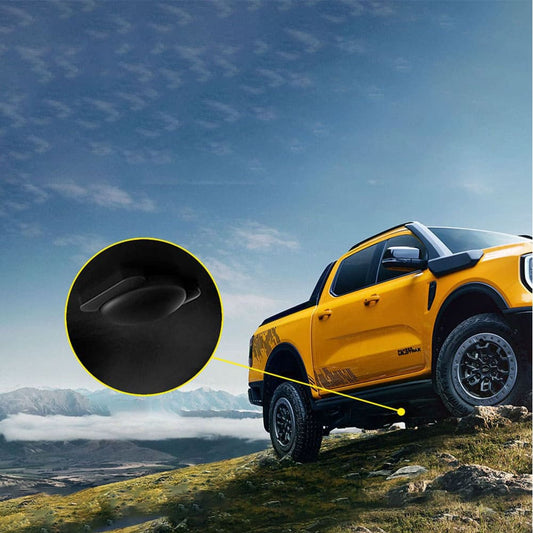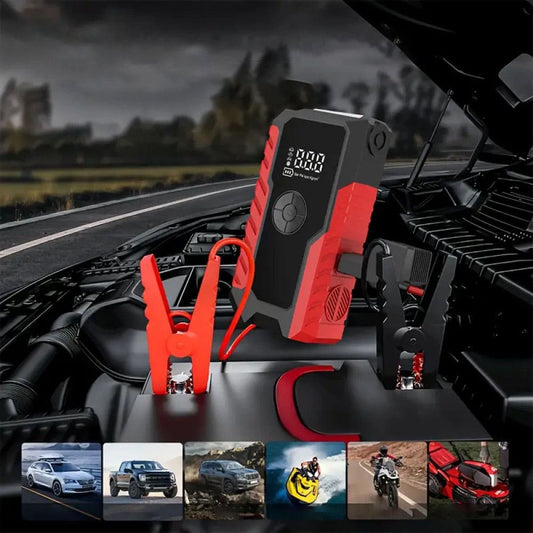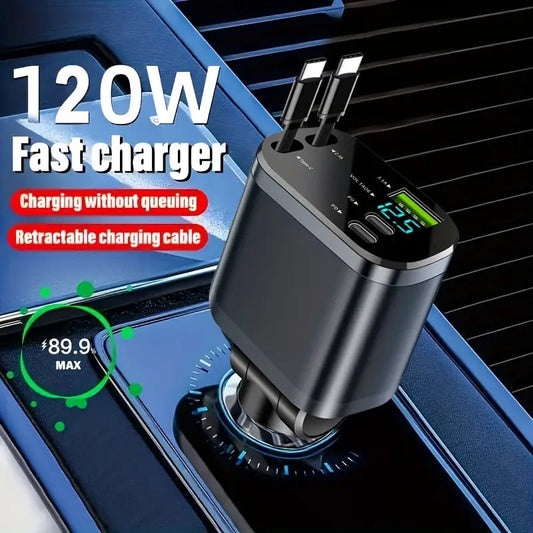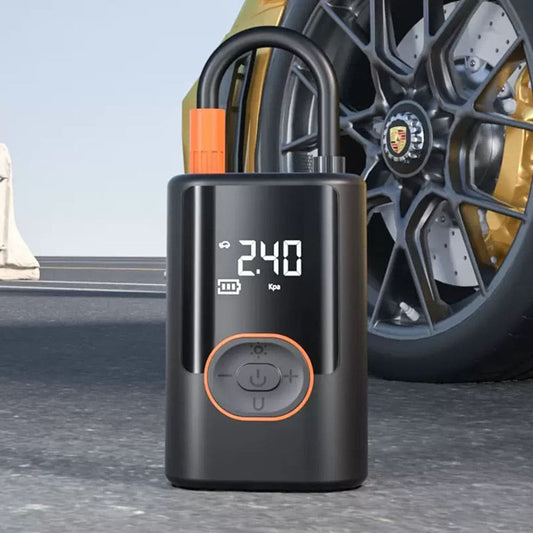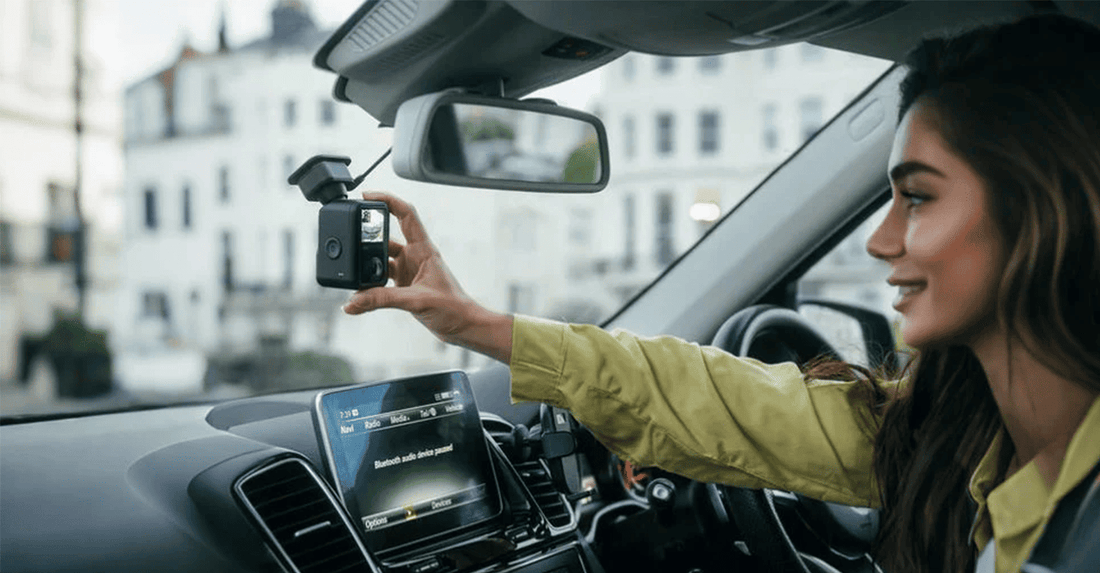
How Dash Cams Help Win Car Insurance Claims
Share
Dash cams have evolved from being just a cool tech gadget to an essential tool for drivers, especially when it comes to insurance claims. When an accident occurs, dash cam footage can provide vital evidence to ensure a smoother claims process. Here's how to use dash cam footage effectively to support your insurance claim.
🚗 Why Dash Cam Footage Matters
When an accident occurs, it often becomes one driver's word against another’s. That's where dash cams step in. They provide unbiased, clear evidence of the event, helping clarify:
-
Who was at fault
-
Road conditions at the time of the incident
-
Traffic signals and signs
-
Other drivers’ behaviors
-
Exact time and location of the incident
This type of evidence can speed up the claims process, prevent false accusations, and even help avoid insurance fraud.
📂 Steps to Use Dash Cam Footage for an Insurance Claim
1. Save the Footage Immediately
As soon as the incident happens, make sure to save the footage. Many dash cams loop over old footage, so you need to act fast:
-
Remove the memory card and back it up on your computer or cloud storage.
-
If your dash cam has mobile app or cloud functionality, use those features to save the footage more efficiently.
2. Note Key Details
While the incident is still fresh in your mind, make sure to write down the following information:
-
Date and time of the incident
-
Location
-
Description of what happened
-
Weather and road conditions
This will help provide context when sharing the footage with your insurance provider.
3. Clip Only the Necessary Footage
You don’t need to send hours of footage. Trim the clip to show 1–2 minutes before and after the incident. This helps insurers focus on the relevant portion of the footage without sifting through unnecessary content.
4. Share the Footage with Your Insurer
Contact your insurance company and inform them that you have dash cam footage. Depending on their process, you might:
-
Upload the file to their customer portal
-
Email it directly to your claims adjuster
Make sure the video file is clear, timestamped, and shows the key events of the incident.
5. Keep a Backup for Your Records
Always keep a backup of the footage for your personal records, even after you've shared it with your insurer.
Things to Watch Out For
-
Privacy Laws: Be aware of local regulations regarding recording and sharing footage.
-
Camera Placement: Ensure your dash cam is properly installed to capture a clear view of the road.
-
Video Quality: High-quality footage is crucial for capturing important details like license plates and road signs. To ensure sharp and reliable video, choose a dash cam with an advanced lens and at least 2.7K or 4K resolution.
For example, Vantrue dash cams are equipped with STARVIS sensors, delivering exceptional low-light performance and crystal-clear capture, ideal for situations where precise evidence is needed.
Real-Life Benefits
Many drivers have resolved claims faster—and more fairly—thanks to dash cam footage. In cases like hit-and-runs or disputed fault scenarios, clear video can be the difference between winning and losing a claim.
Conclusion
If you're already using a dash cam, you're ahead in protecting yourself on the road. Just be sure you know how to quickly access and share the footage when it matters most.
If you don't have one yet, now’s the perfect time to invest in a dash cam that offers crystal-clear recording, real-time previews, and reliable performance—like the trusted models from Dynara, such as the Dynara 4K Pro and Dynara Streaming Media 4K.

